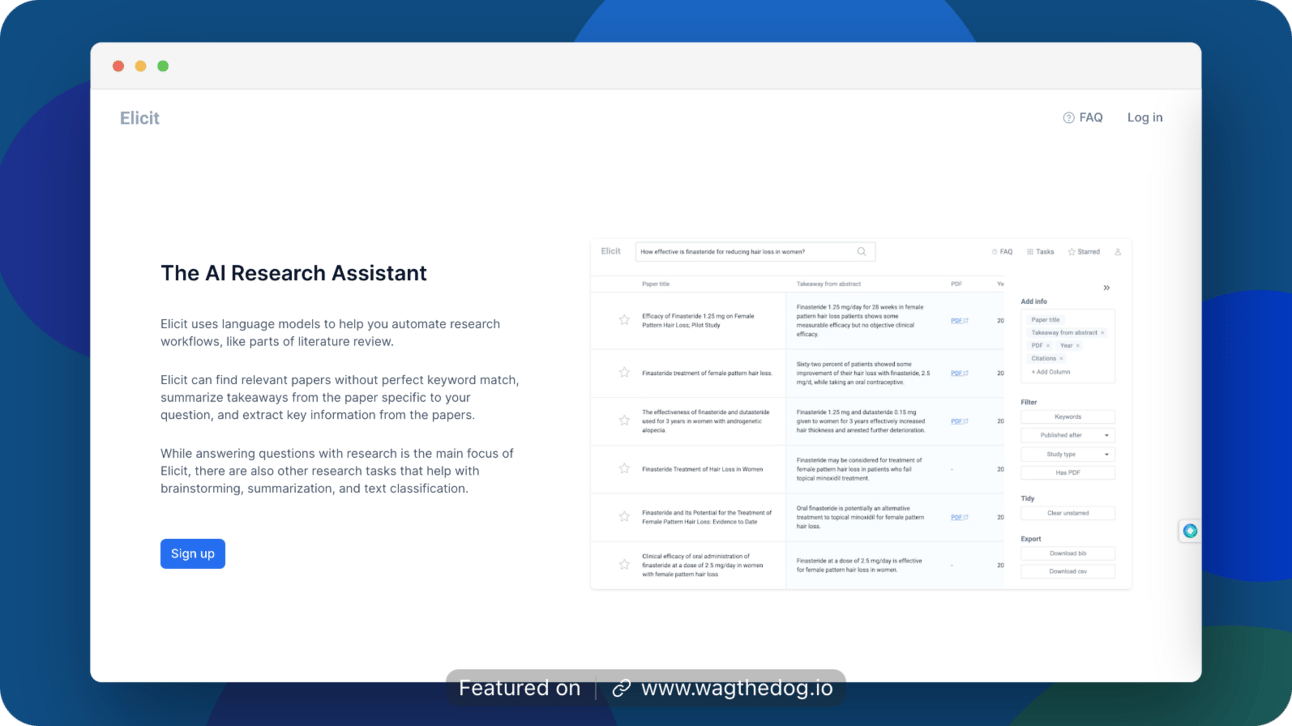Dear {{ first_name | reader }},
I've been diving deep into research on risk communication versus crisis communication - let me walk you through what I've learned.
Method
I used one of my favourite AI tools for scientific research, called Elicit. It searches through 175 million academic papers, and the chat interface makes it possible to query all of them.
My question was; what’s the difference between Risk and Crisis Communication?
Theoretically speaking, studies indicate that there is a substantial difference between risk communication and crisis communication.
The overall difference would be this:
Risk communication is proactive, focused on explanation, and happens before any emergency arises (Dickmann, 2013).
Crisis communication is reactive, prioritises urgent action, and occurs in the heat of an emergency (Houston, 2011).
In practise, however, effective communication requires integrating both approaches.
For risk communication, organisations should promote ongoing stakeholder dialogue to establish relationships and shared understanding (Sellnow, 2010). Being decision-focused also improves proactive assessments and planning (Arvai, 2014).
Once a crisis hits, rapid response is crucial - compliance-focused messaging and behavioural health support help minimise harm (Flynn, 2017). Reynolds' (2005) integrated model brings these practises together.
In my experience, overlapping risk and crisis communication are key.
Engaging in proactive outreach early on yields valuable results in terms of building stronger trust and alignment. When an emergency strikes, stakeholders understand the actions needed to stay safe.
If you have time, check out this webinar I gave in 2021; I feel it is still relevant today.
The distinction lies in timing and tone.
Risk communication provides an opportunity for open and meaningful discussion. Crisis communication demands urgent coordination. Integrating both philosophies leads to cohesive, effective responses in any situation.
We need a more integrated approach.
Crises exist beyond the realm of corporations, governments, and nonprofits, affecting real people, properties, and livelihoods. Risks are integral to community members' daily routines with continued gun violence and climate change disasters, among other risks. Scholars should extend their research beyond issues of reputation and repair, and find solutions for the public (Liu & Fraustino, 2014). The field needs stakeholder perspectives, not just descriptions of the nature of crisis responses.
Let me know if this helps explain the interplay between risk and crisis communication! It’s completely open for discussion, of course.
I'm curious to hear your thoughts and experiences bridging the two.
Sources:
The Instructional Dynamic of Risk and Crisis Communication: Distinguishing Instructional Messages from Dialogue. (Link)
The end of risk communication as we know it. (Link)
Risk and Crisis Communications (Link)
Crisis and Emergency Risk Communication as an Integrative Model (Link)
Different concepts of risk -- a challenge for risk communication. (Link)
Risk communication for public health emergencies. (Link)
Risk and Crisis Management in the Public Sector: Risk Communication and the Social Amplification of. (Link)
Crisis and Risk Communication Scholarship of the Future: Reflections on Research Gaps (Link)
Sponsor - Zenler

